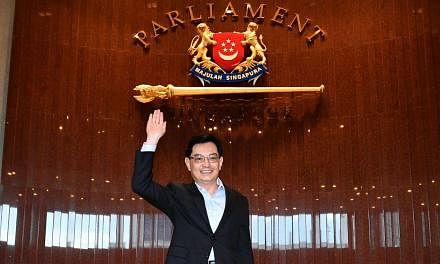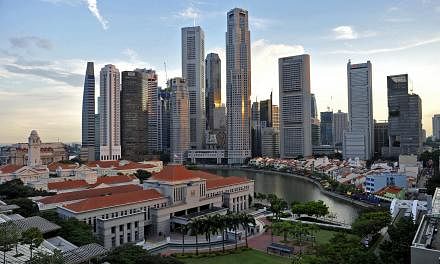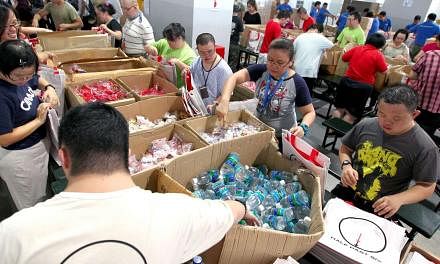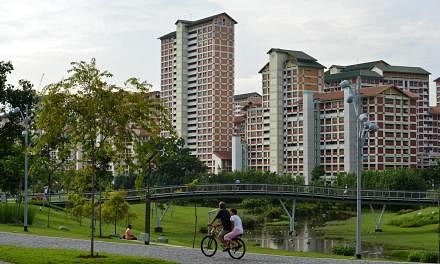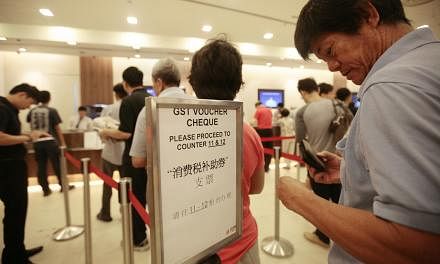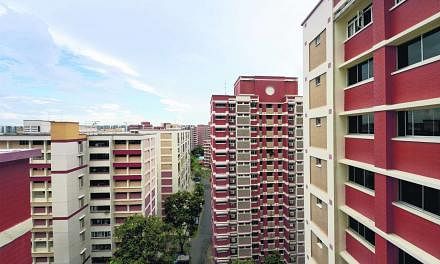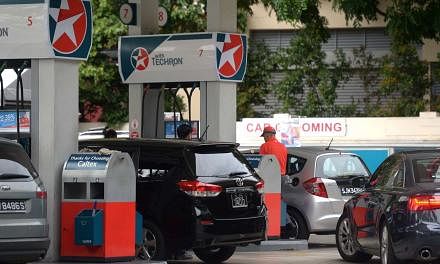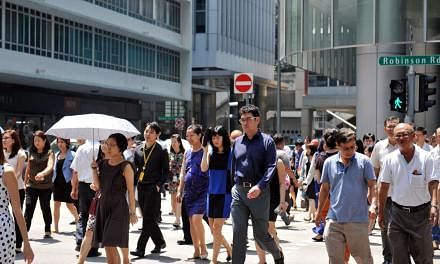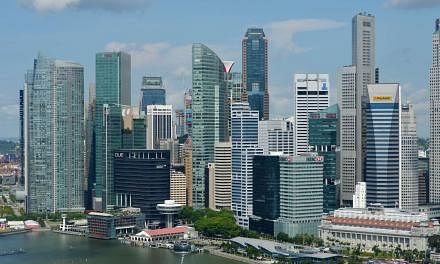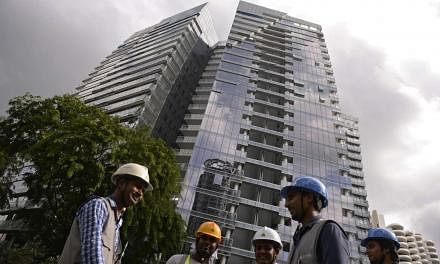The latest trend in the tech and business worlds is to take an "agile" approach to developing software or managing projects amid an unpredictable environment.
Instead of using traditional top-down methods where the final outcome is already decided from day one, a new project takes shape in incremental stages and is constantly refined along the way to take into account user feedback and changing circumstances.
So it was perhaps apt that yesterday's Budget speech adopted a similar stance for Singapore Inc, building on the recent wide-ranging report by the Committee on the Future Economy (CFE) on how to take the nation forward into a global environment of uncertainty.
Five minutes into his speech, Finance Minister Heng Swee Keat laid out his strategy for steering Singapore's maturing economy into uncharted waters.
"We will take a learning and adaptive approach, try new methods, continue with them when they work well, cut losses when they do not, and draw on feedback and experience to adjust and refine our plans," he said.

"That is the Singapore way."
In broad strokes, Mr Heng's "agile" game plan for Singapore spans three general approaches.
The first is to take a targeted approach towards helping the legacy components of the economy that are struggling in the new world, and assessing if they can endure. For those temporarily submerged by strong currents - such as the marine and process sectors - Mr Heng offered short-term relief by deferring planned increases in the foreign worker levies by another year.
Businesses that need a quick breath of air will also receive a leg-up in the form of a bigger and longer corporate income tax rebate.
But industries gasping for life support will have to help themselves more to prove they can survive. "Firms in sectors that are facing structural shifts will need to dig deep to change their business models to stay viable," warned Mr Heng. In the labour-intensive retail industry, for instance, no relief will be forthcoming on foreign worker levies. Instead, firms need to embrace the digital economy to stay alive.
-
2-3%
-
Average annual economic growth target
The second "agile" approach is to pursue success by doubling down on Singapore's tried-and-true key strengths: its exceptional human capital resources, high-quality living environment and thriving local companies.
There were clear efforts to invest in people and maximise Singapore's labour force amid slower foreign worker growth.
Budding corporate leaders will get government support to hone their management skills, while help was also extended to older workers, working mothers with infants and those with disabilities to keep them in the workforce.
Measures to improve the environment, including carbon and diesel taxes, are likely to maintain Singapore as an attractive destination for workers and companies alike.
Meanwhile, the Government unveiled the International Partnership Fund, which will commit up to $600 million to help successful Singapore-based companies expand through acquisitions overseas.
The third "agile" approach that Mr Heng took is to acknowledge that, this time, with Singapore embarking on an all-new economic trajectory, the Government does not have all the answers.
Indeed, Mr Heng noted that the CFE's strategies for the future economy "are not prescriptive blueprints but focus on developing adaptability and resilience".
In place of " father knows all", the most effective survival technique in the future economy is likely to be a more equal partnership between the Government, businesses, community organisations and people - all working together to feel their way forward. Budget 2017 relies heavily on collaborations with universities and trade associations, among others, to transform industries and expand Singapore Inc's footprint overseas.
What is missing from the Budget, perhaps, is a unifying vision and big-picture objective for Singapore's economy, apart from the general impetus to move "forward" together. That is also the biggest limitation of the "agile" methodology: that it is best applied in small settings, for clearly defined projects, and can hit a wall in larger organisations, let alone an entire economy. But without being able to predict what the future holds, especially amid the political and economic shocks of the past year, it makes sense for Singapore to focus on adaptability rather than achievements, to foster skills rather than hit targets.
While the Government's overarching objective is to attain 2 to 3 per cent economic growth a year - just enough to pip the average for developed economies - the ultimate goal is to make Singaporeans nimble and resilient enough to ride the waves, whatever may come their way.



